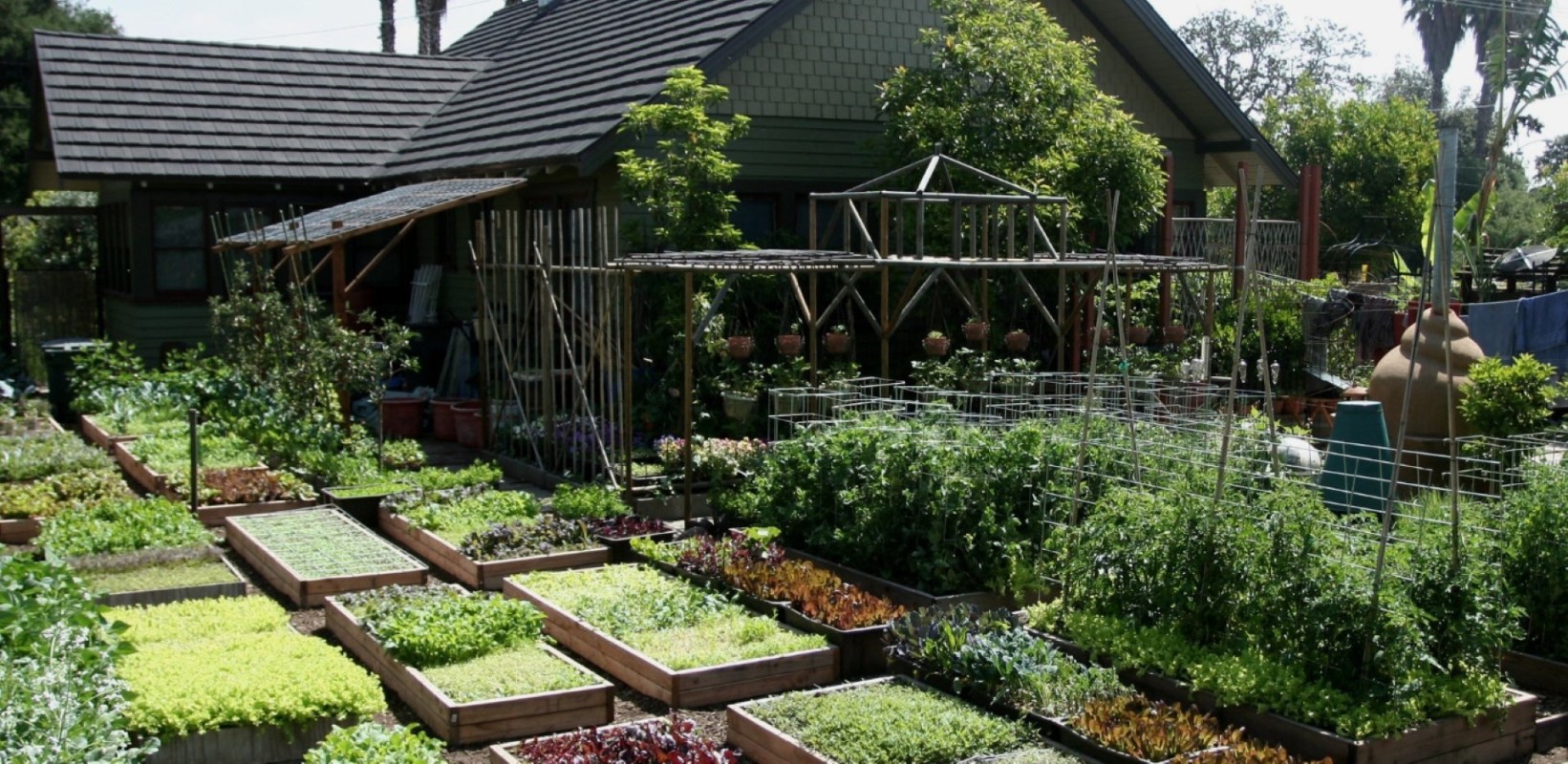A Californian family produces 6,000 pounds of food every year on just one-tenth of an acre.
Their secret: "bio-intensive, regenerative practices," which amplify the nutrients and bacteria in the soil.
In Pasadena, just outside of Los Angeles, the Dervaes family grows thousands of pounds of produce in their backyard. Their property, the Urban Homestead, is in a residential neighborhood and only occupies a tiny portion of land.
Disillusioned with modern American life, Jules Dervaes moved to Pasadena in the 1980s after cultivating gardening and beekeeping skills in New Zealand and Florida. He quickly began growing vegetables and fruits in his backyard, improving the adobe-like soil with mulching and composting efforts to enhance its nutrients.
Jules became more enthusiastic about growing his own food when he learned about the dangers of GMOs in the early 2000s.
The Dervaes family adopted a method they call "square-inch gardening" to maximize the efficiency of the soil. Using their square-inch model, the family eschews typical spacing guidelines for plants, instead growing everything as close together as they can.
For example, they put bigger vegetables like broccoli on top of a "carpet of greens" like lettuce that symbiotically protects the vegetables above from weeds and maintains moisture in the soil.
Their strategy minimizes water usage and avoids using harmful chemicals and pesticides that have adverse effects on our environment.
Jules died in 2016, but his children have carried on his legacy. Every year, the Urban Homestead feeds over 150 families with its Farm Box program. The homestead also provides educational opportunities for students in the community to learn about sustainable farming so they, too, can adopt sustainable gardening practices.
"Farming is an up-and-down journey. In these days of 24/7 and conveniences at our fingertips, growing your own food makes you appreciate and understand the energy and efforts that go into bringing food from farm to table," Jules Dervaes told mindbodygreen.
Join our free newsletter for easy tips to save more, waste less, and help yourself while helping the planet.








